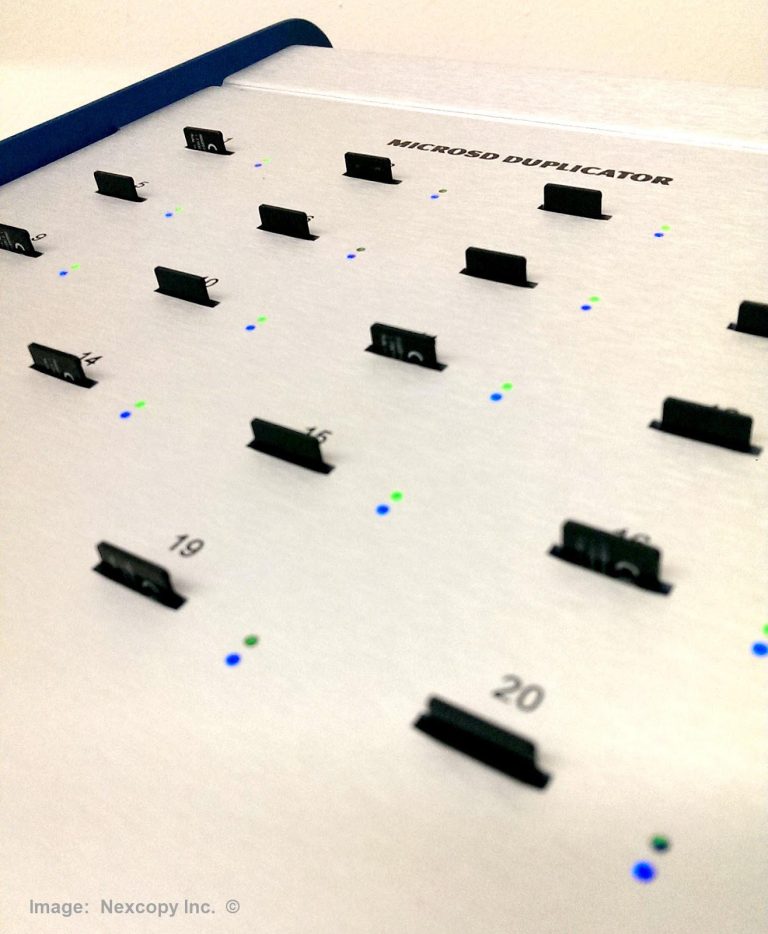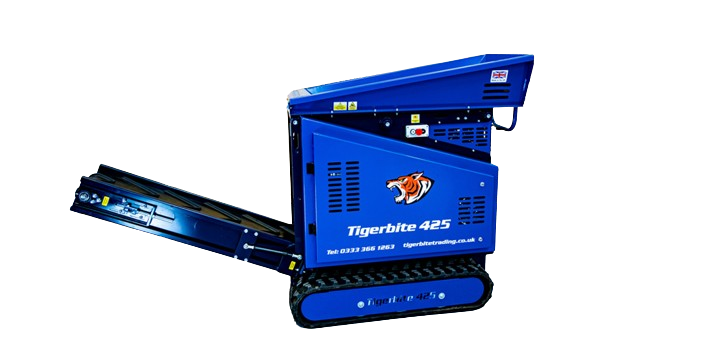From Paper to Tech: The Evolution of Conference Badges in the Digital Age
Once upon a time, conference badges were little more than scraps of paper with a name scribbled on them. These badges were flimsy and fleeting, Its often disposed of as soon as the event concluded.
But with rapid advancements in technology, the humble conference badge has undergone a remarkable digital transformation. Today, they are powerful tools that not only identify attendees but also enable seamless networking, capture data analytics, and provide personalized experiences.
In this deep dive, we’ll explore the steady metamorphosis of conference badges. This is from their paper origins to the cutting-edge tech badges of today. We’ll reflect on the implications this has for event organizers, attendees, and the industry as a whole.
What sparked this evolution, and where does it lead us? Strap in as we take a historical ride and look to the future of conference badges. Read on.
The Paper Badge Era: Nostalgia and Limitations
Paper badges, for many, evoke a sense of nostalgia – a tangible relic of bygone event experiences. They were simple and cost-effective to produce, requiring only a pen and a stencil. Despite their humble nature, paper badges served a crucial function – connecting names to faces in a crowded hall.
They were universal, working equally well at a small meet-up in a coffee shop or a vast convention center. However, the convenience of paper badges was marred by a set of limitations. Their disability made it challenging to retain attendee information.
A precious commodity in the business of rapport-building and post-event follow-up. They also carried no information beyond the name, failing to reflect an attendee’s:
- role
- company
- session preferences
Consulting a badge designer can help in creating the right event badge. These are such as custom badges or name tags.
The RFID Revolution: Smart Badges Break Ground
Radio-frequency identification (RFID) technology changed the game for conference badges. With the simple tap of an RFID-enabled badge, attendees could register for:
- sessions
- access venue zones
- even exchange contact information
RFID badges streamlined the attendee experience. It also provided organizers with a trove of valuable data.
By tracking badge movements, they could identify popular areas and optimize the event layout for the next iteration. The newfound potential to capture analytics transformed badges from a mere accessory to a strategic tool for event planning and marketing.
QR Codes and Beyond: Accessing the Digital World
Short for “quick response” codes, QR codes began appearing on conference badges. This signals a shift towards the digital realm. Attendees could scan each other’s badges to instantly connect on social platforms, a feature that enhanced networking efficiency considerably.
The integration of QR codes also paved the way for mobile apps to complement event experiences. Attendees could now:
- View conference agendas
- access speaker bios
- receive real-time updates on their smartphones
These digital interfaces made the event more interactive and laid the groundwork for personalization in the event space. This is the latest trend in custom badges.
Wearable Tech Takes Center Stage
Wearable technology like smartwatches and fitness trackers infiltrated the conference scene. This influences the badge design and functionality of badges. Smart badges now had the potential to sync with personal devices.
It feeds wearers with notifications and reminders tailored to their schedules. This integration with personal technology turned conference badges into seamless extensions of attendees’ digital lives.
With the capability to link to health data and preferences, event badges became even more adept at:
- delivering personalized experiences
- adjusting lighting
- providing seating recommendations based on energy levels
AI and Analytics: The Intelligent Badge Emerges
In the era of AI and big data, the conference badge is now intelligent. AI algorithms process attendee behavior captured by badges to make real-time adjustments to the event environment. They can:
- predict crowd flow
- recommend networking opportunities
- even suggest follow-up actions based on interaction histories
The intelligent badge, with its constant data feed, offers insights into the engagement levels of attendees. It enables event organizers to fine-tune future events for maximum impact.
The possibilities are endless. This is from gamified experiences that drive engagement to on-the-fly session scheduling based on individual interests.
Sustainability and Customization: The Green Badge Trend
The digital age hasn’t displaced the need for face-to-face connections. However, it has instigated a shift towards more sustainable event practices. Digital badges drastically reduce paper waste.
This aligns with the green initiatives of many companies and event organizers. Digital badges can be customized on the fly. It reflects real-time changes to an attendee’s profile or agenda.
This flexibility ensures that the badge remains a pertinent and up-to-date identifier throughout the event. To print a badge is slowly being replaced by new tech.
Challenges and Considerations
The transition to digital badges is not without its challenges. Concerns over data privacy and security have grown in tandem with the capabilities of these high-tech solutions. Event organizers must be vigilant in their approach to handling attendee information.
This ensures that the benefits of digital badges aren’t overshadowed by privacy breaches. Adoption rates also vary among attendees. This is with some questioning the necessity of such robust technology for what is essentially a name tag.
Effective communication of the value proposition is key to encouraging widespread acceptance of digital badge systems. Careful planning is very important when it comes to this.
The Future of Conference Badges
Looking ahead, the future of conference badges seems to be intertwined with the broader trends of:
- wearable tech
- IoT
- smart environments
We can envision badges that provide access and identification. Which also helps:
- manage personal schedules
- facilitate transactions
- unlock digital content in the physical world
The lines between the digital and physical realms will blur even further as badges evolve into multifunctional devices, supporting a range of event-specific interactions. The conference badge, once a simple paper tag, has become a dynamic tool that shapes and enhances the event experience.
It reflects the ongoing narrative of digital transformation that touches every facet of our lives. This connects us more deeply to the events we attend and the people we meet.
Update Your Conference Badges Today
In the digital age, the traditional paper conference badge has evolved into a more advanced and convenient form through technology. Conference badges have become a powerful tool for networking and data tracking. This is with features like QR codes and RFID chips.
Embrace the evolution and upgrade your next conference experience with tech-powered badges. See you at the next conference!
If you want to read more articles, visit our blog.







